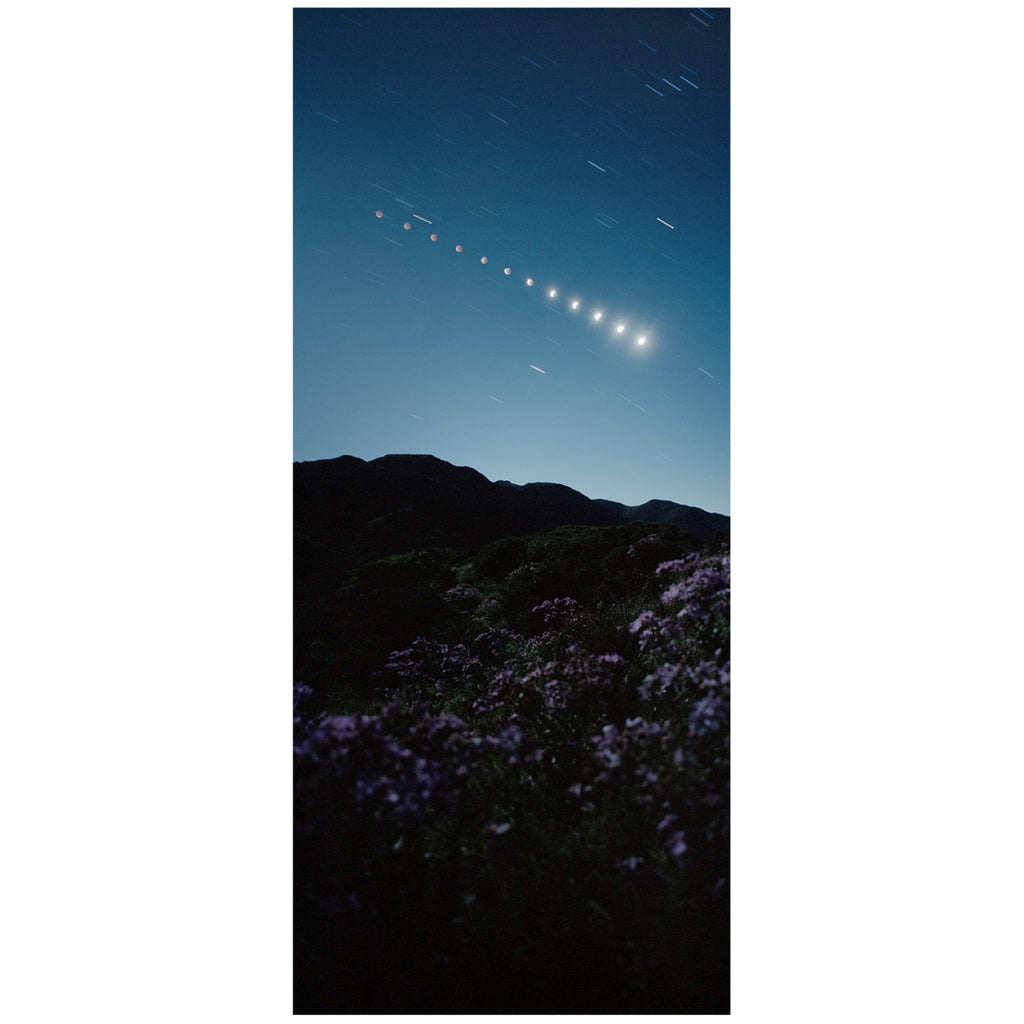June 09, 2025
Top Ten Tips on Astrophotography by Ben Lowe

In anticipation of the upcoming Matariki public holiday, we asked photographer Ben Lowe for his Top Ten Tips on shooting Astrophotography.
To see more of Ben's work check out his Instagram here.

Top Ten Tips on Astrophotography
- Be prepared. Scout potential dark-sky locations outside of urban areas in the daytime for the best seeing-conditions at night so you can navigate and identify your surroundings under the cover of darkness. Check out the weather forecast beforehand, as well as extraterrestrial conditions - the cosmos is always on the move, and knowing when and where constellations will appear will help you assess what goals you want to achieve on your night out.
- Bring a tripod, no matter what type of photographic medium you decide to settle on! Astrophotography relies on the camera being as still as the night itself - so bringing a remote shutter-release or setting a delay-timer on your camera will also prevent unwanted vibrations from blurring your crisp photographs.
- You must slow down. In the dark, manual shooting is almost mandatory. That means manually focusing your lens and dialing in your shutter speed, aperture - and ISO for digital cameras - yourself. There’s heaps of resources online which will help you if you’re unsure where to start.
- Setting your lens to its widest aperture will allow more light to interact with your camera’s film or sensor when exposed and allow more manoeuvrability when setting your shutter-speed. Somewhere below f/4 is a good sweet spot.
- Be aware of the Moon and its location. Varying levels of moonlight every night will substantially change how you adjust your camera settings. The only way to know for sure is to experiment, measure, and take notes while shooting, especially when shooting film. Moonlight is your best friend and can be harnessed to bring out subjects you might not have noticed in the daytime.
- Deciding between Film vs. Digital comes with its own sets of pros and cons. Putting it simply, shooting digitally is a good way to get comfortable and test out photographing the starry sky, but requires some post-processing skill. Light-sensitive film on the other hand - you need to account for reciprocity failure and its ISO rating. While there’s heaps of resources online for just about every film stock in regards to reciprocity failure, if you’re just getting started with shooting film at night I suggest taking a digital camera with you as well to get an idea of what kind of exposure settings you’re anticipating.
-
Remember the 500 rule when you want to photograph crisp, clear images of the stars such as Matariki. Assuming you’re using a tripod, the general rule is simple - dividing 500 by the focal length of your lens, you will know how long you can expose/set your shutter-speed before stars start trailing due to the Earth’s rotation. For example, with my 24mm lens: 500 / 24 = 20.8 seconds. I won’t increase my shutter-speed beyond that threshold.
- To photograph stars trailing across the sky over time, longer exposures are necessary. The film stock and the current phase of the Moon can mean the difference between a 5 minute long single exposure or 8+ hours. This opens the opportunity to be creative with light-painting! There are good resources online and in forums about photographers sharing their experiences using light-sensitive film at night, but the best practice is to experiment and make notes for yourself while shooting to reflect upon later.
-
Take care of yourself! Bring personal necessities like snacks and water, warm clothes, a light-source and potentially some company - adjust accordingly if you’re hiking long distances overnight too. Comfort corresponds to your enjoyment of the whole experience.
- Be patient, learn from mistakes, and enjoy the process. Astrophotography brings all sorts of good surprises, all-while bringing you into the night-world to be surrounded by the cosmos. Don’t rush, take your time, and trust your instincts. In the spirit of Matariki: instigate adventures, and take every opportunity to reflect and find your moment amongst the stars.




Leave a comment